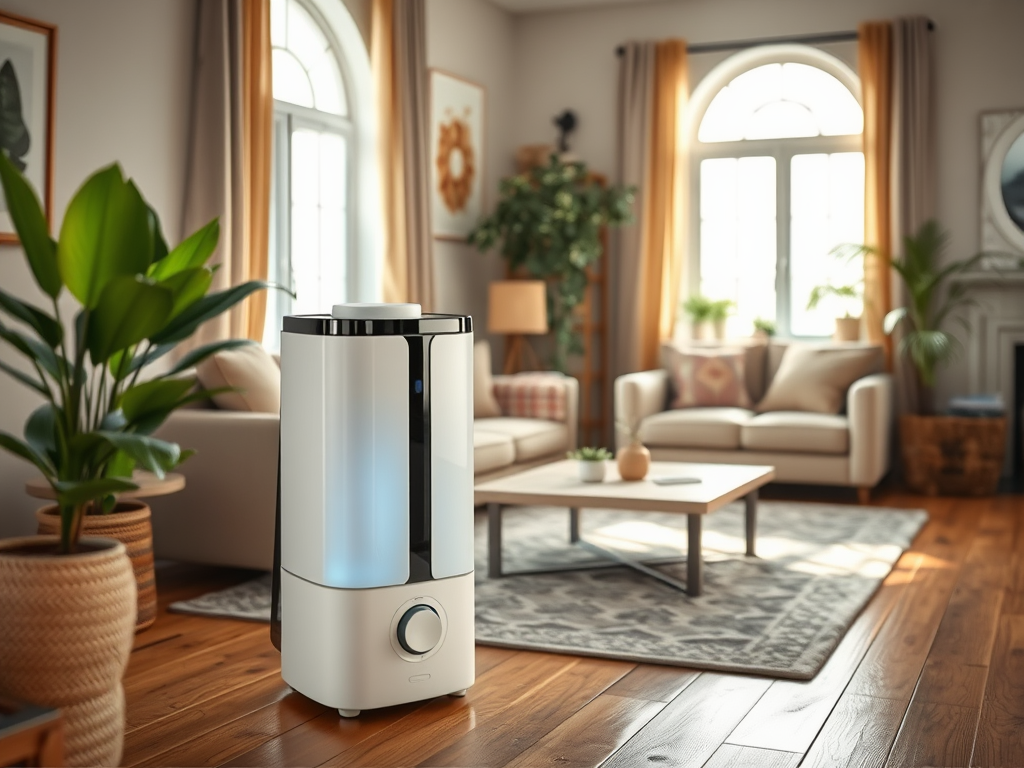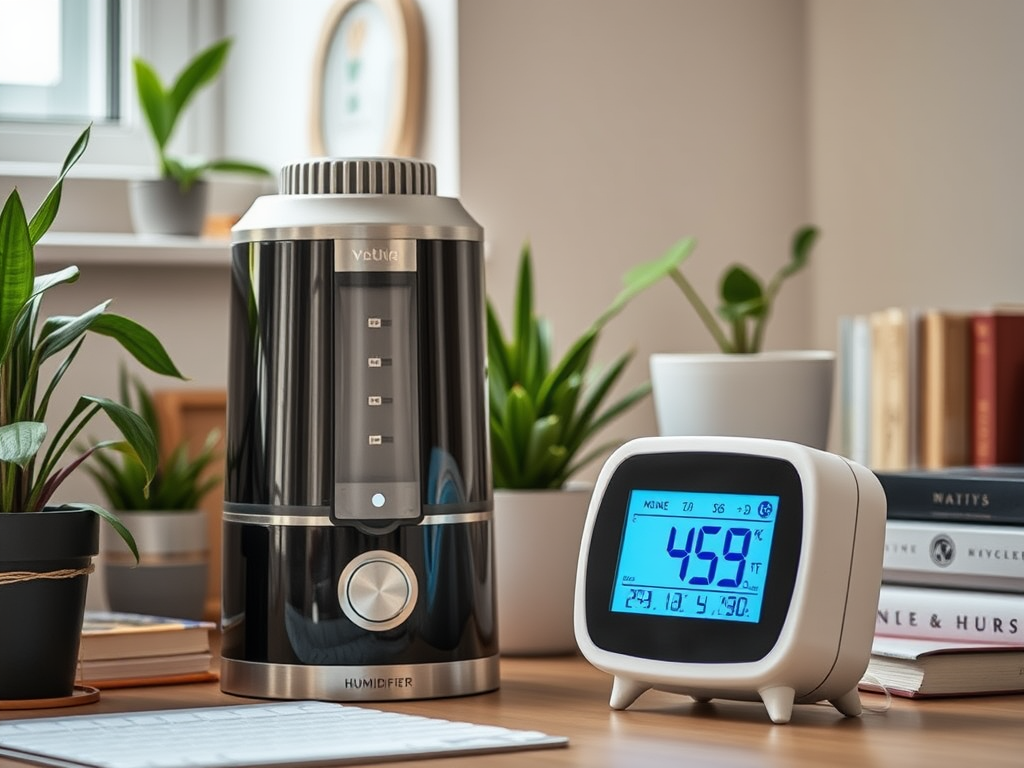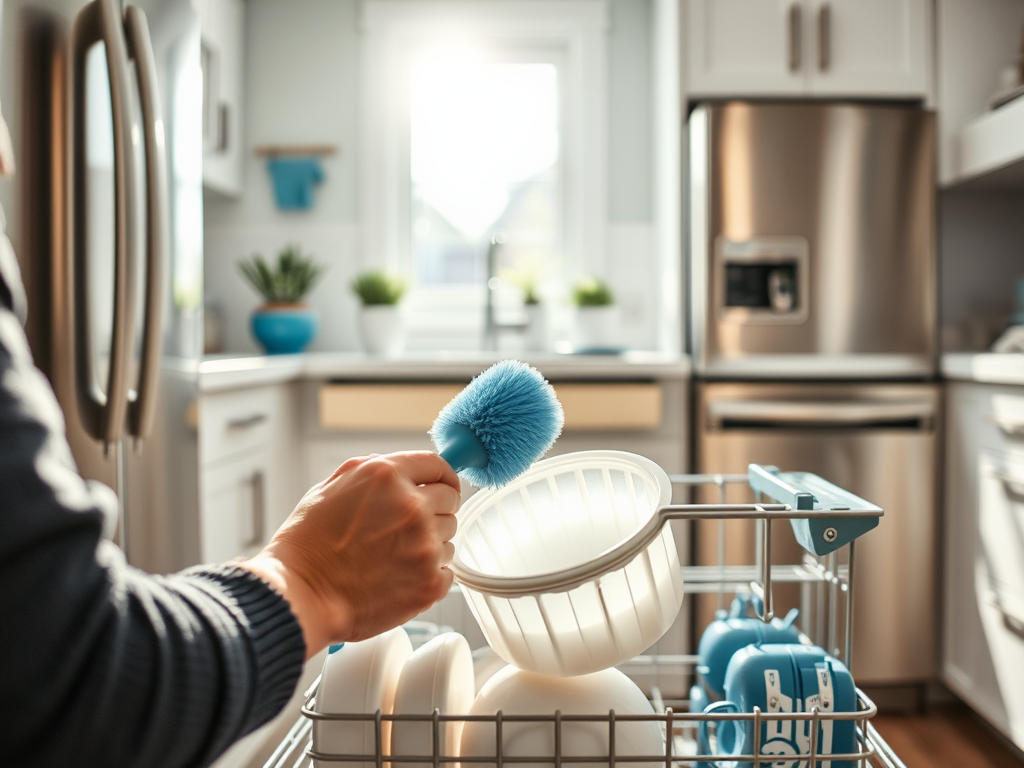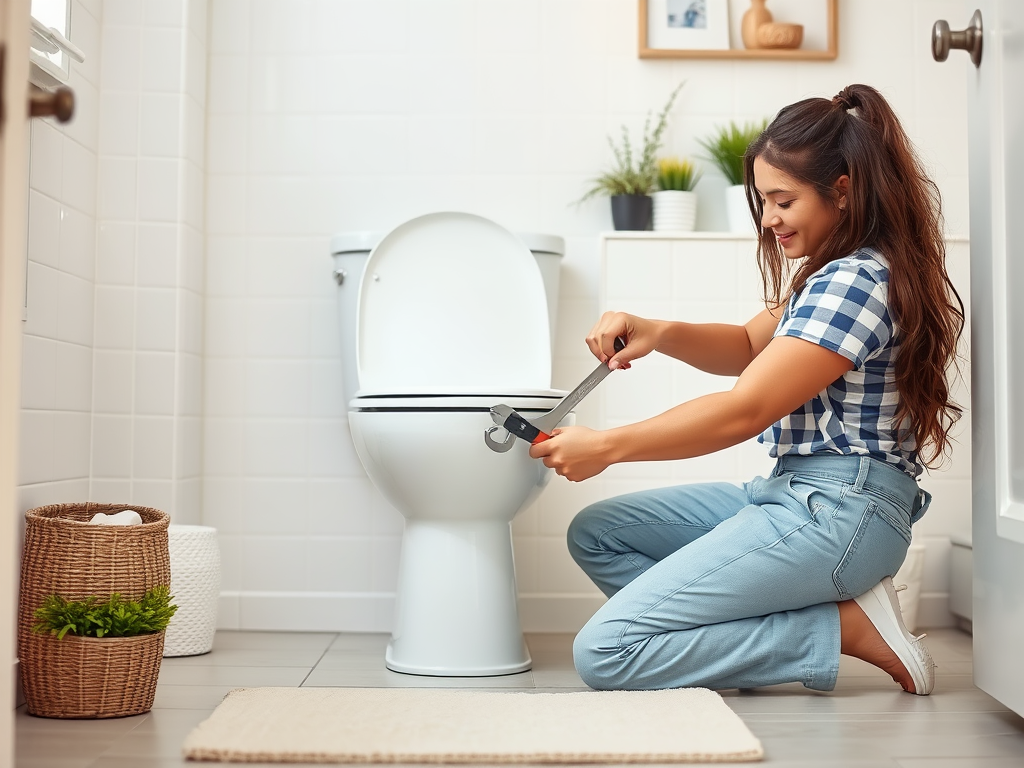Introduction to Whole House Humidifiers: A Beginner’s Guide

Are you tired of dealing with uncomfortable dry air during the colder months? A whole house humidifier could be your perfect solution. These devices are designed to maintain an optimal humidity level throughout your living space, helping create a more comfortable environment. They not only contribute to your home’s comfort but also play a significant role in your family’s health. In this beginner’s guide, we’ll explore what whole house humidifiers are, how they work, and the myriad benefits they offer. Whether you’re a homeowner looking to improve indoor air quality or a tenant seeking more comfort, understanding these systems is essential. Let’s dive into the facts and benefits of whole house humidifiers that can transform your home experience.
Understanding Humidity and Its Importance

Humidity refers to the amount of moisture present in the air. It impacts not just the feel of the environment, but also our health and well-being. An optimal humidity level, usually between 30% to 50%, can significantly enhance indoor comfort. Low humidity, on the other hand, can contribute to various problems that can affect both individuals and homes. It’s essential to monitor humidity levels regularly, especially during the winter months, when indoor air tends to be drier. Understanding these aspects will help you appreciate why a whole house humidifier is so beneficial.
Low humidity levels can lead to a range of adverse effects, creating discomfort for you and your family. Here are some common issues caused by insufficient humidity:
- Dry skin and irritated sinuses, making you feel uncomfortable.
- Increased susceptibility to illnesses due to weakened immune responses.
- Damage to wooden furniture and flooring can cause significant repair costs.
What is a Whole House Humidifier?

A whole house humidifier is an essential device designed to add moisture to the air in your entire home. Unlike portable humidifiers that only affect a single room, these systems connect to your home’s HVAC system, ensuring even humidity distribution. They are specifically designed to maintain a consistent level of humidity throughout your space, improving both comfort and air quality. The dependable efficiency of these systems means you’ll enjoy a more regulated environment all year round. Plus, if you’re dealing with specific problems related to low humidity, this could be an ideal solution. As we explore further, understanding the different types can help you make an informed choice for your unique situation.
There are several types of whole house humidifiers, each with its own unique advantages and installation requirements. Here’s a closer look:
- Steam Humidifiers: These use electricity to generate steam and are suitable for larger spaces, providing quick humidity relief.
- Evaporative Humidifiers: Utilizing a fan to circulate moisture from a wet wick or pad, these are self-regulating.
- Bypass Humidifiers: Connected to your furnace, these work by drawing warm air and adding moisture, perfect for heating systems.
| Type | Mechanism | Best For |
|---|---|---|
| Steam | Electric steam generation | Larger spaces |
| Evaporative | Fan with wet wick/pad | Self-regulating comfort |
| Bypass | Connected to HVAC furnace | Heating systems |
Benefits of Using a Whole House Humidifier
Installing a whole house humidifier can bring a multitude of advantages that enhance your indoor environment. One of the primary benefits is the increased comfort level during colder months when air tends to be dry. A well-maintained humidity level helps maintain warmth, reducing your heating costs. Furthermore, this system also alleviates issues like static electricity and discomfort caused by dry air. Beyond just comfort, there are significant health advantages linked to optimal humidity levels. From improving skin hydration to reducing respiratory problems, the impact is considerable.
Here are several health benefits associated with using a whole house humidifier:
- Fewer respiratory issues, thanks to improved moisture content in the air.
- Enhanced skin hydration, reducing conditions like dryness and irritation.
- Lower risk of catching viruses, as humid air can help inhibit their transmission.
How to Choose the Right Whole House Humidifier
Choosing the right whole house humidifier involves considering several crucial factors. First, assess your home’s size to determine the appropriate capacity. A unit that’s too small will struggle to maintain humidity, while one that’s too large may over-humidify your space. Maintenance requirements should also be taken into account; some units need more frequent care than others. A unit with easy-to-replace filters can make maintenance simpler and ensure your system runs effectively.
Next, it’s essential to measure your home’s square footage to select a unit that can effectively manage the humidity.
Installation and Maintenance Tips
Proper installation and maintenance of your whole house humidifier are crucial for optimal performance. You’ll need to decide whether to take on the installation project yourself or hire a professional. While DIY installation can save money, it’s vital to ensure you have the necessary skills and understanding to do it right. Once installed, maintaining your humidifier is essential to its longevity and efficiency. Regular practices, such as cleaning the unit and monitoring humidity levels, can prevent issues from arising.
Here’s a quick list of best practices for maintaining your whole house humidifier:
- Clean the unit regularly to avoid mold and bacteria growth.
- Monitor humidity levels with a hygrometer to ensure appropriate settings.
- Replace filters as needed, based on usage and manufacturer guidelines.
Conclusion
Whole house humidifiers offer an effective solution to the problem of dry indoor air, promoting comfort and better health in your living space. Understanding the various types available, their benefits, and maintenance requirements equips you to make an informed choice for your home. Not only do these units help prevent issues associated with low humidity, but they can also contribute positively to your overall well-being. By monitoring humidity levels and maintaining your unit diligently, you can ensure a balanced atmosphere in your home all year long. Investing in a whole house humidifier is an investment in your family’s comfort and health.
Frequently Asked Questions
- What is the ideal humidity level for a home? The ideal humidity level typically ranges from 30% to 50%.
- Can a whole house humidifier help with allergies? Yes, maintaining optimal humidity can reduce allergens and improve air quality.
- How do I know if my home needs a humidifier? Look for signs like dry skin, static electricity, and frequent respiratory issues.
- Is it expensive to operate a whole house humidifier? Operating costs vary but are generally considered reasonable, especially compared to the health benefits.
- How often should I clean my whole house humidifier? It is advisable to clean your humidifier monthly to prevent mold and bacteria buildup.


